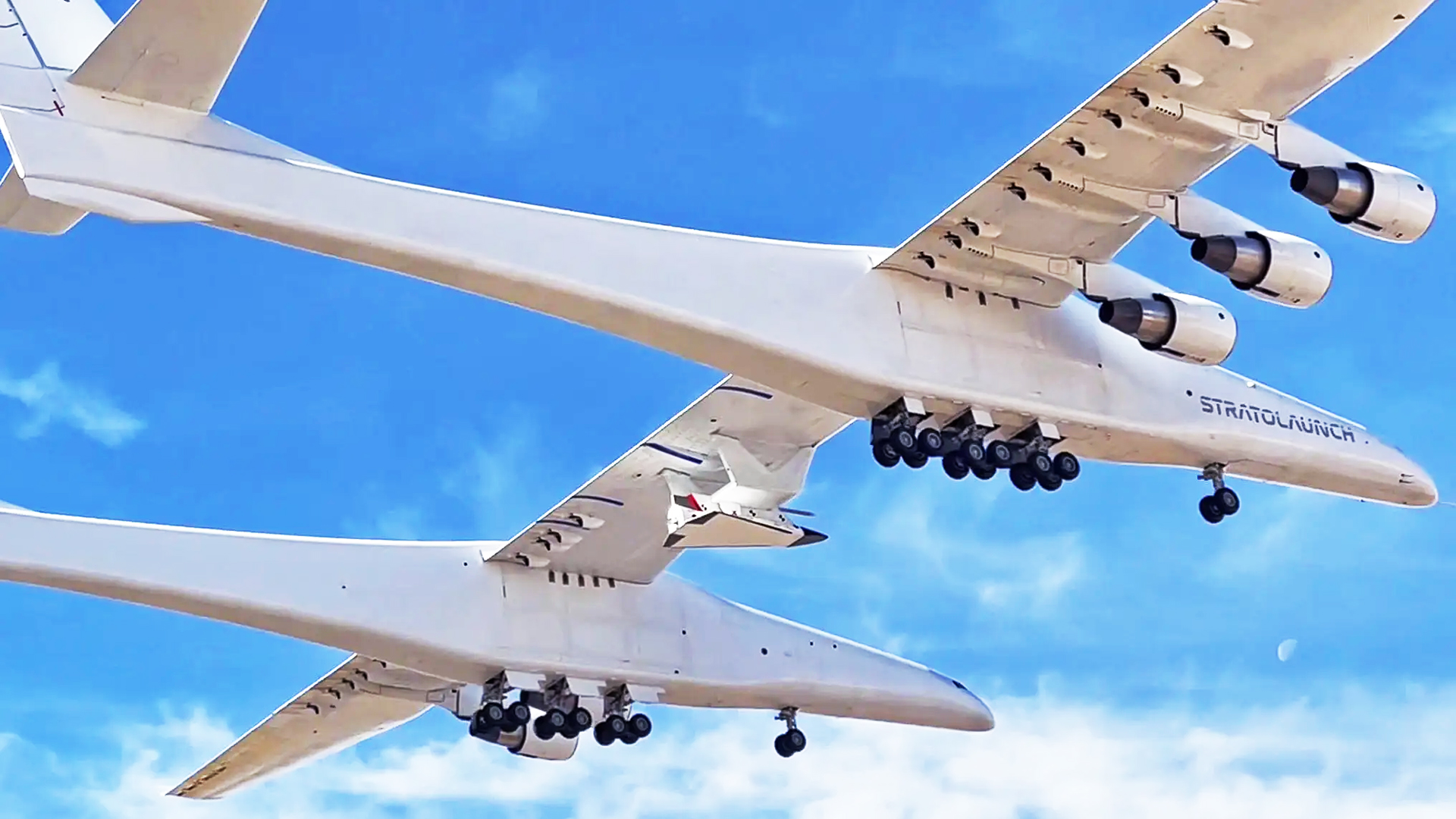The first powered example of Stratolaunch’s Talon-A reusable hypersonic vehicle has taken to the air for a captive-carry flight under the wing of the same company’s enormous Roc, the largest plane ever flown. As we have discussed in the past, Stratolaunch is working for the U.S. military on a target that will mimic hypersonic threats to support the development of new defensive capabilities, and which is expected to be a Talon-A derivative or at least utilize some of the same technology. However, the basic concept has considerably more potential beyond that, with a larger version of the Talon-A and even a spaceplane under study.
Stratolaunch yesterday completed the captive carry flight with the first powered Talon-A hypersonic vehicle, or TA-1, over Southern California. This was the twelfth flight for the Roc launch platform and saw the Talon-A filled with live liquid oxygen (LOx) fuel for its rocket engine. The flight lasted three hours and 22 minutes. It was, according to Stratolaunch, “a significant step forward in the company’s near-term goal of completing a powered flight with the Talon-A vehicle.”
Talon-A is a reusable, uncrewed vehicle with various modular payload spaces to support different flight test activities. While hypersonic speed is usually defined as anything above Mach 5, the Talon-A is expected to be able to reach speeds of at least Mach 6. The vehicle is 28 feet long and has a wingspan of just over 11 feet.
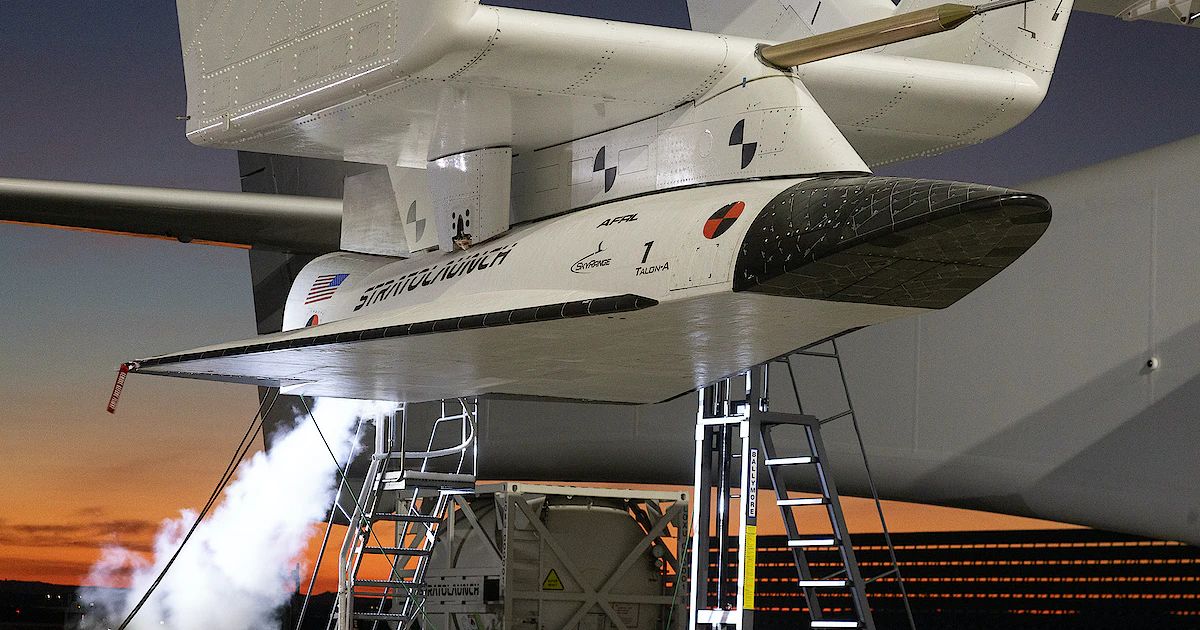
The main objective of yesterday’s captive-carry flight was to evaluate the Talon-A’s propulsion system in different portions of the flight regime and at different temperatures, although the engine wasn’t actually ignited at any point. Additionally, data was gathered on the telemetry systems in the Roc and TA-1. These will ensure situational awareness during the release process, once the first powered free flight is achieved.
“Talon-A’s propulsion system supports a liquid-propellant rocket engine that provides the thrust needed for Talon-A to reach hypersonic speeds. While we have conducted several successful ground tests fueling and igniting the system, we needed to evaluate how the system performs in the flight environment prior to release,” explained Dr. Zachary Krevor, Chief Executive Officer for Stratolaunch, in an official media release. “Initial results from today’s flight show that the system has performed as predicted, and we will determine our next steps pending the full data review of the test.”
A previous release of the Talon TA-0 test vehicle took place in May this year, although it was unpowered. This meant the vehicle was only able to perform certain glider-type maneuvers and send telemetry data. Without landing gear, the Talon TA-0 came down in the sea.

According to Aviation Week, the Talon TA-0 test launch took place at 21,650 feet and yesterday’s flight was also conducted mainly at around 22,500 feet, suggesting that the first powered launch of the TA-1 will also be made from around this altitude. This will take place at Vandenberg Space Force Base’s Western Range off California’s central coast and should see the vehicle’s 5,000-pound-thrust Hadley rocket engine boost it to hypersonic speed for several minutes.
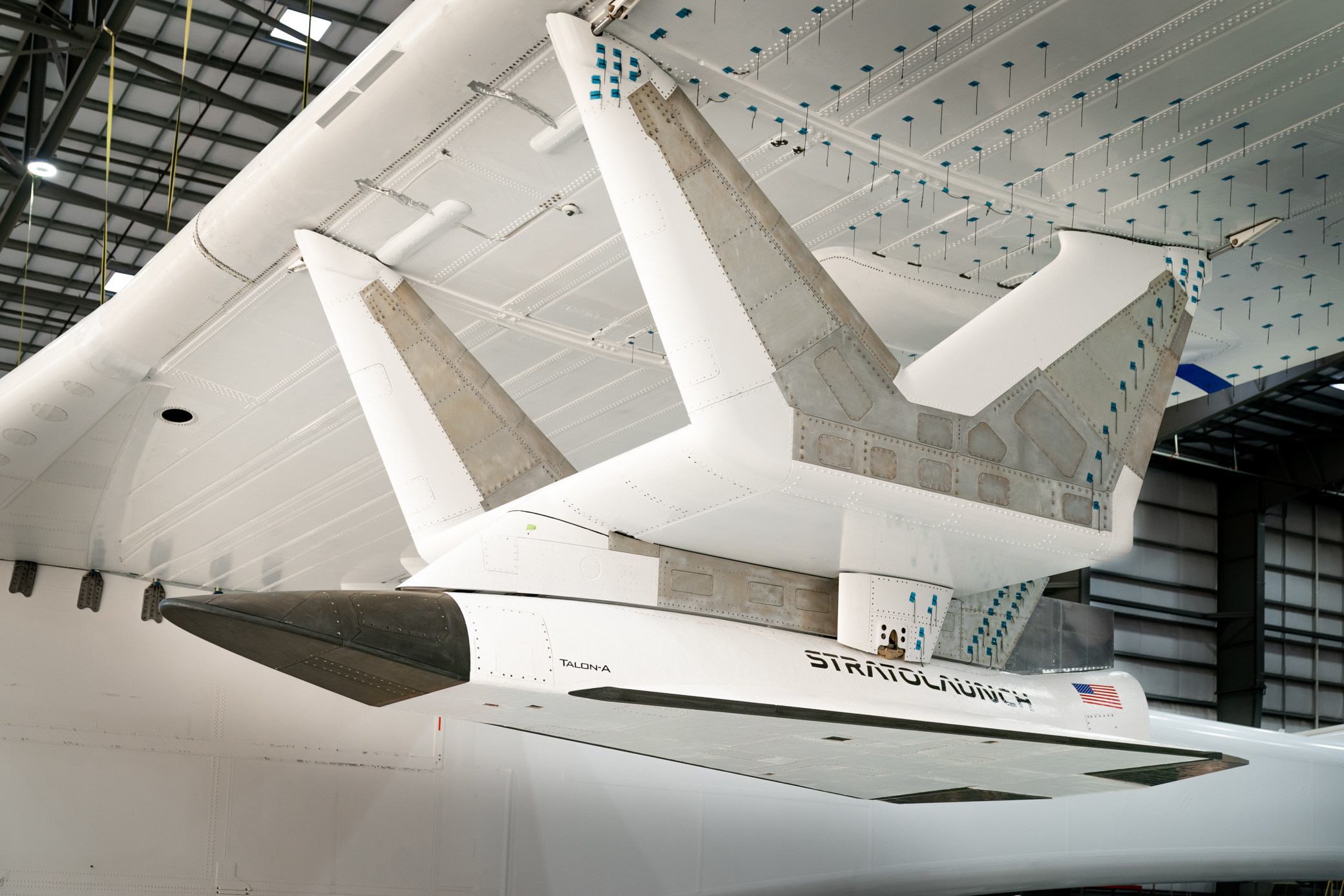
Stratolaunch CEO and President Zachary Krevor told Aviation Week that yesterday’s test could be followed next by a powered launch, although that will depend on the data gathered. If deemed insufficient, there will be one more captive-carry flight.
Talon TA-1 is still considered expendable, while the subsequent TA-2 and TA-3 vehicles will be fully reusable. Those two vehicles are under construction now, Stratolaunch says. Fitted with tricycle landing gear, they will be able to land on a conventional runway at Vandenberg Space Force after their hypersonic flights.
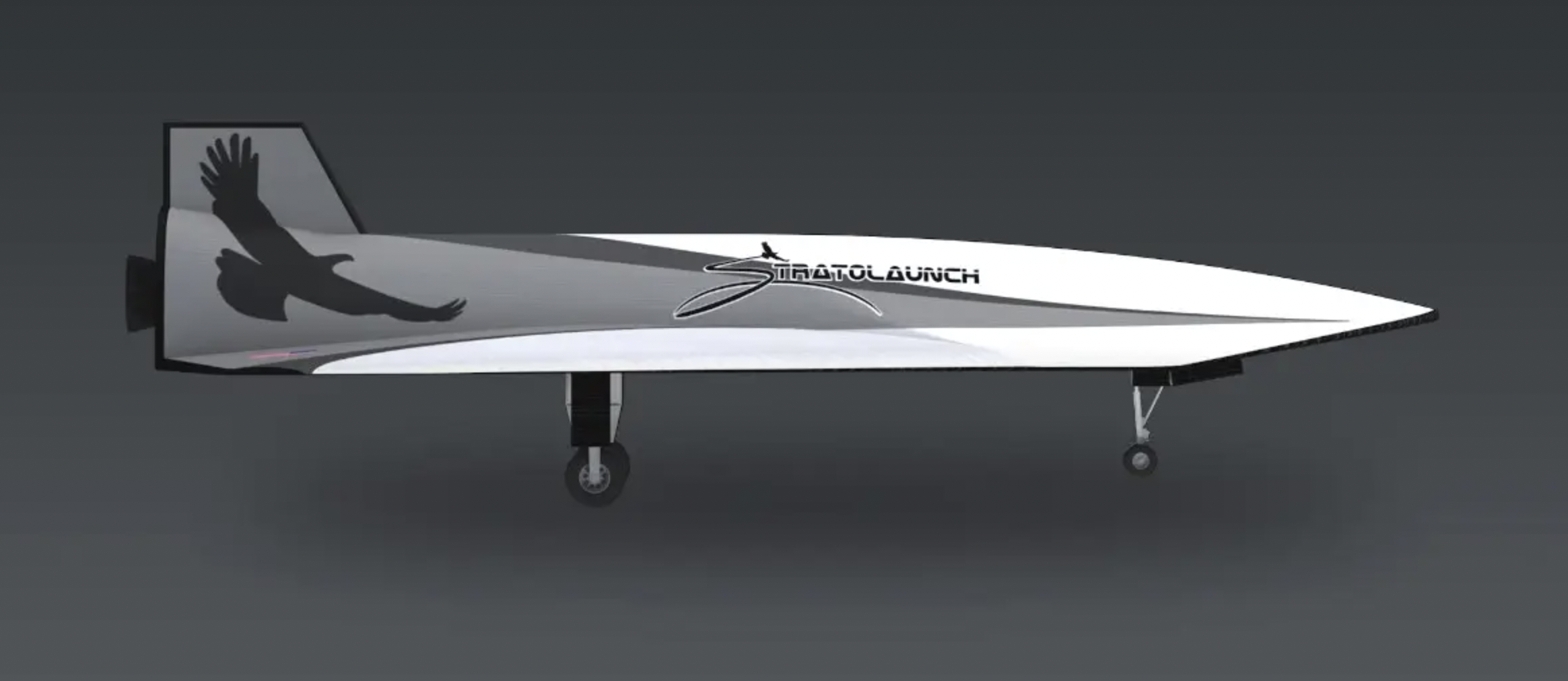
Momentum is gathering behind the Talon-A as a hypersonic surrogate test vehicle that could have various applications. In addition to providing a target to replicate hypersonic missile threats, the vehicle also has potential for material sciences and aerodynamics tests, as well as for the development of integrated sensors and other payloads onto future hypersonic vehicles.
In a presentation earlier this year, Roc test pilot Steve Rainey explained how the reusable Talon-A might be employed:
“What we are going to provide is a vehicle that’s big enough for you to put all types of equipment in to be tested at hypersonic speeds, fly at sustained hypersonic speeds for longer durations, and then recover, and land the airplane at Vandenberg Air Force Base. So, not only do you get your telemetry data, you’ll have onboard data, which is generally higher quality and higher data rate, and guess what, you get your parts and pieces back to check them out.”
As we have explored in the past, the Missile Defense Agency (MDA) has signed a contract with Stratolaunch that will see the company provide it with “a threat-representative and threat-replicating target that allows them to understand how to engage and intercept hypersonic threats.”

It remains unclear whether Stratolaunch will provide the MDA with an all-new target vehicle or one that’s derived from the Talon-A, although the latter would certainly seem to be a possibility.
The proliferation of hypersonic weapons presents significant challenges for defenders in terms of detecting and tracking incoming threats, as well as attempting to intercept them. Harnessing Stratolaunch’s technologies and experience should help the MDA test new sensors and interceptors against representative targets. More generally, there has been an explosion in demand for hypersonic testing capacity within the U.S. military, something that has also been reflected by the efforts to re-role retired RQ-4 Global Hawks as RangeHawks under the SkyRange hypersonic weapon testing infrastructure program.
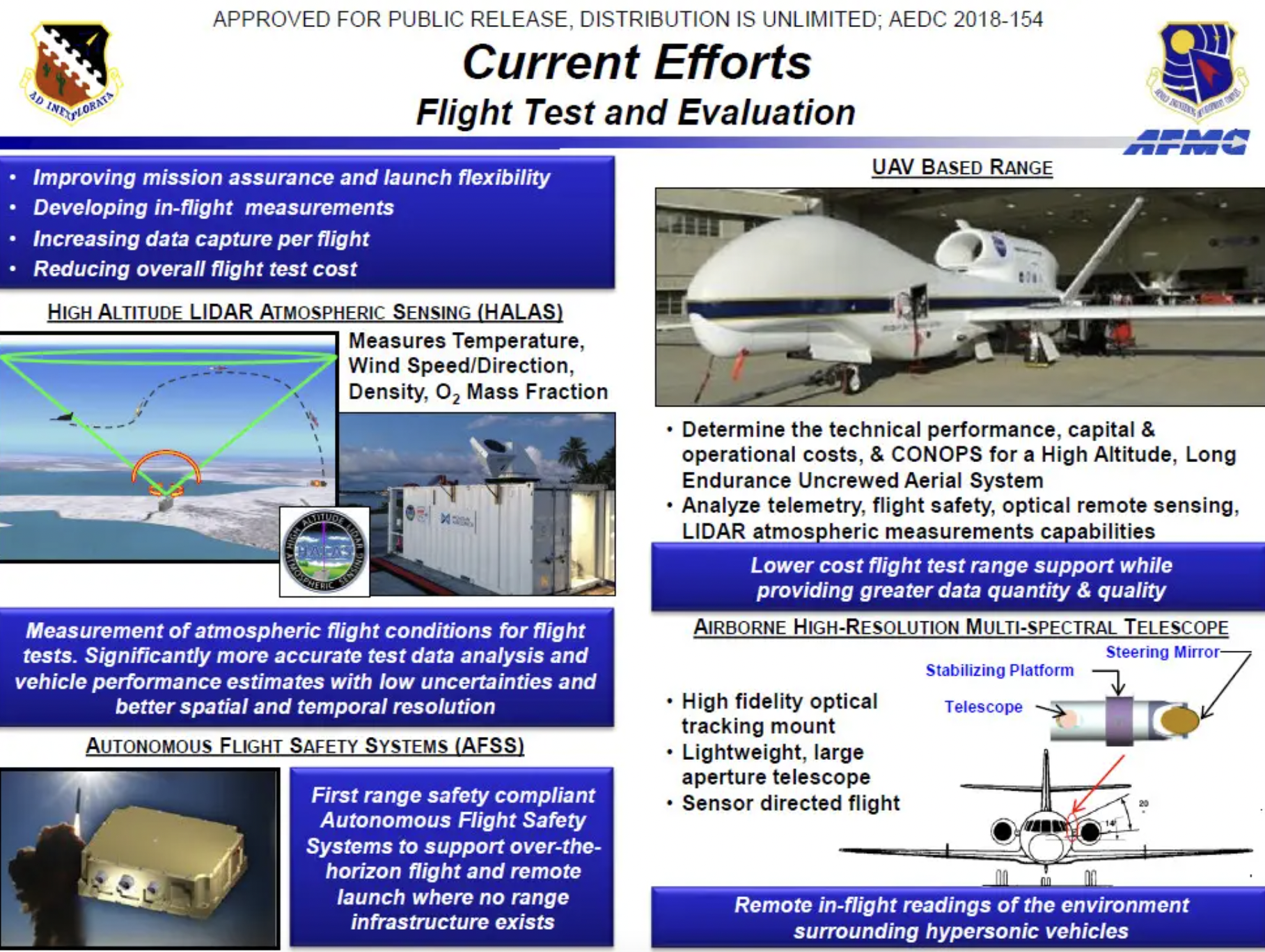
The MDA deal parallels a shift within Stratolaunch, which has seen the company increasingly focus on hypersonic testing support, rather than space launch, something you can read more about here. This change came following the death of Paul Allen, the company’s founder, after which the future of the Roc has not always looked certain.
In the meantime, other U.S. military agencies have expressed an interest in the Talon-A specifically.
Last week, Stratolaunch announced a contract award from Leidos, the prime contractor for the U.S. Navy’s Multiservice Advanced Capability Test Bed (MACH-TB) program. Under that contract, there will be five Talon-A hypersonic flights with optional payloads, with funding provided by the Naval Surface Warfare Center, via the Strategic and Spectrum Missions Advanced Resilient Trusted Systems Other Transaction Agreement.
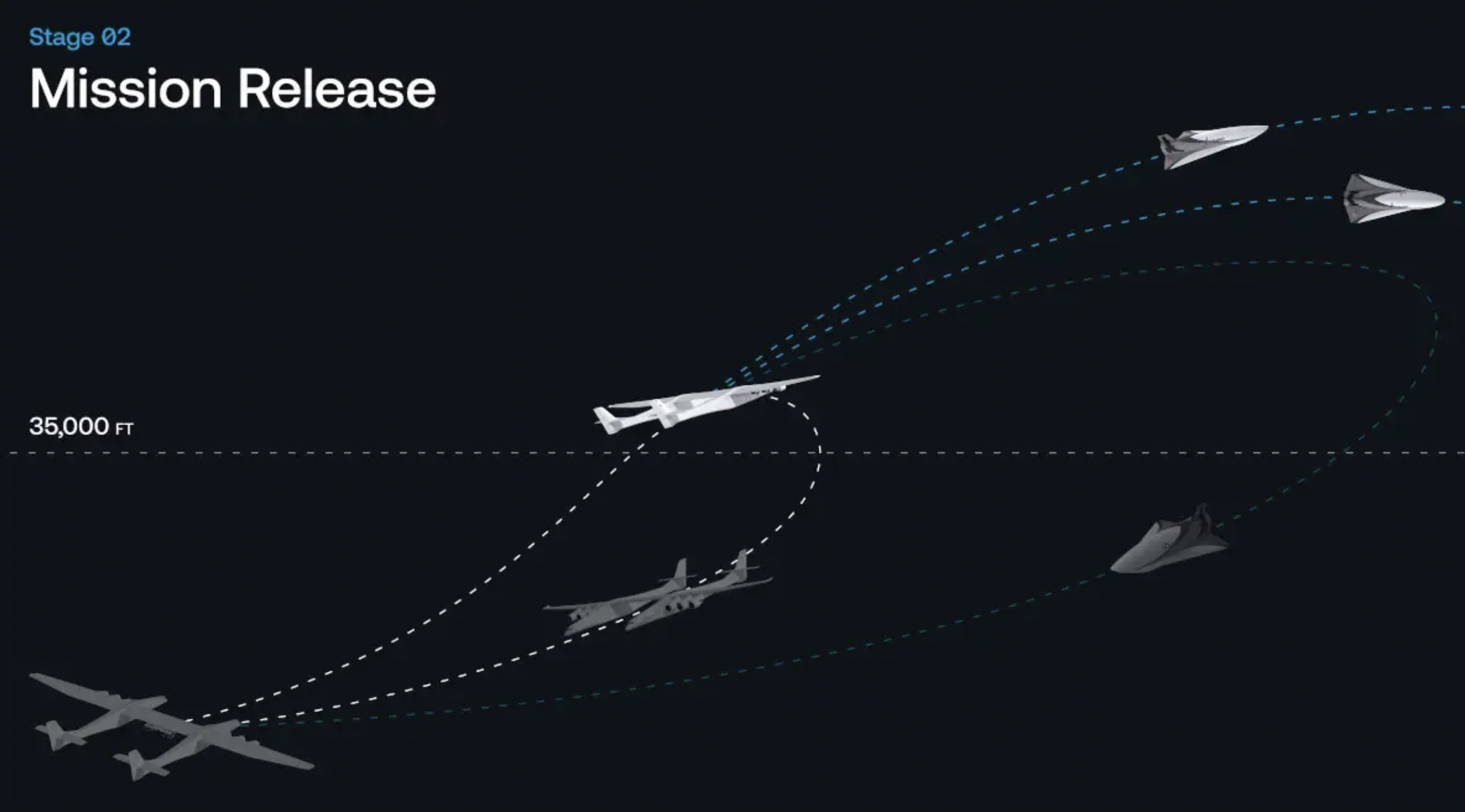
The MACH-TB program “focuses on hypersonic flight testing using robust, agile, and modular approaches,” Stratolaunch said at the time. “The Leidos-led team intends to deliver an affordable solution, leveraging commercial launch vehicles, including Stratolaunch’s Talon-A hypersonic vehicle, for flight testing hypersonic payloads. The data collected is designed to provide insight to the DoD on technology improvement and capability validation. Early, affordable, and regular hypersonic flight testing is key to robust and successful developments of hypersonic capabilities.”
In October, Stratolaunch announced another contract, this time with the U.S. Air Force Research Laboratory (AFRL) to support the first flight test of TA-3, the second reusable Talon-A hypersonic test vehicle. This follows an earlier contract in which AFRL will support the first flight of TA-1.
According to Krevor, at least some of the MACH-TB flights will occur next year. However, they won’t necessarily use the Roc as the launch platform. With Stratolaunch having acquired the former Virgin Orbit Boeing 747-400, it will be able to offer hypersonic launch test missions over the Atlantic and Pacific oceans, with the 747 operating from the East Coast and the Roc remaining on the West Coast.
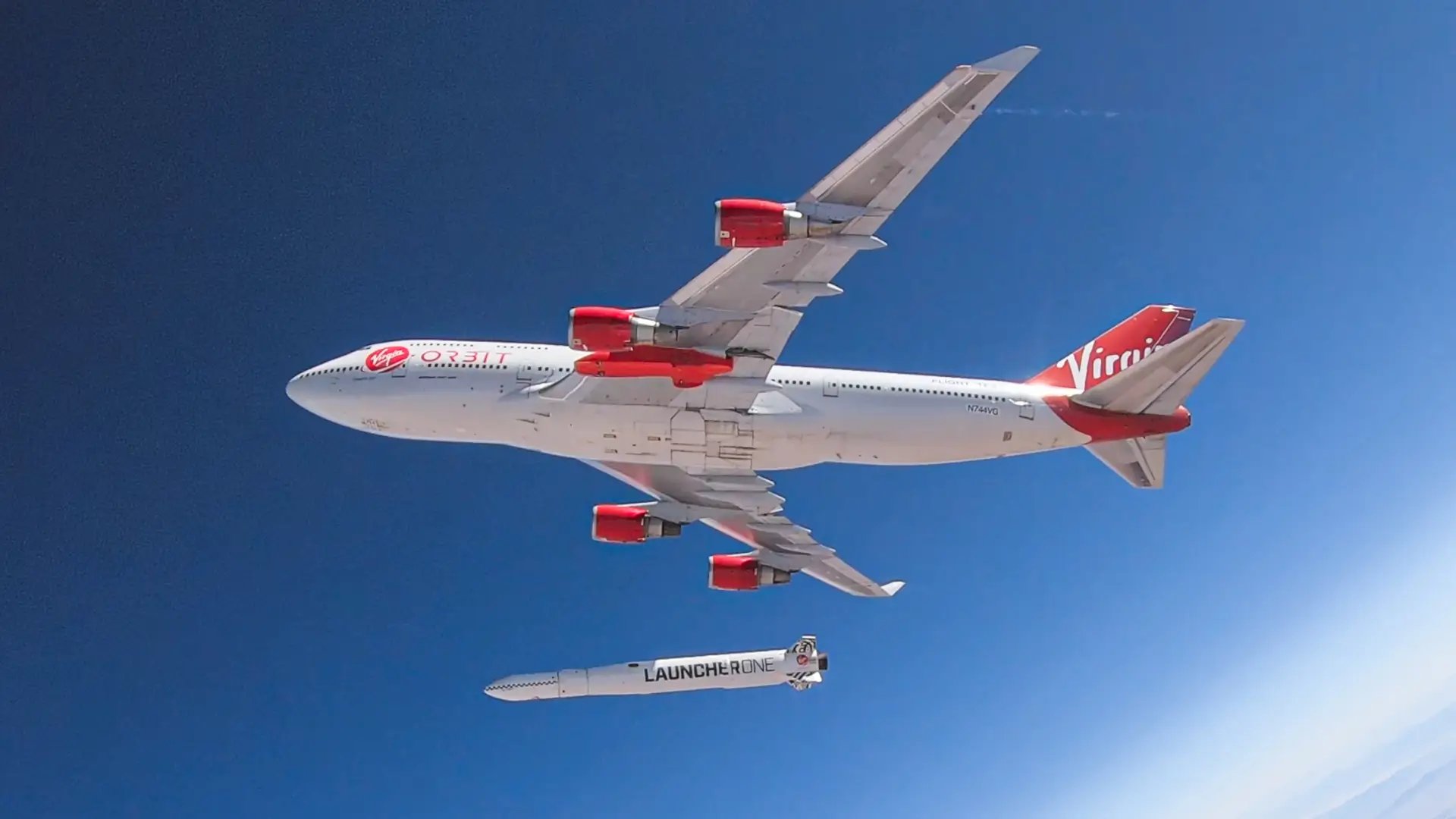
While it’s unclear how many Talon-A-sized vehicles might be simultaneously carried by the 747, Stratolaunch has said it wants the Roc to be able to carry up to three such vehicles. That would provide more challenging and cost-effective threat replication, presuming this or a related design is used by the MDA. If the fully reusable version of the Talon-A is employed for this missile defense work, then that would bring even greater flexibility and potential cost savings.
As we have discussed previously, while the Talon-A is primarily a high-speed flight-test platform, Stratolaunch has more ambitious related vehicles in the works. These better reflect the firm’s original focus on space launch services, in which the Roc serves as a mothership for air-launching various expendable and reusable vehicles to put payloads into space.
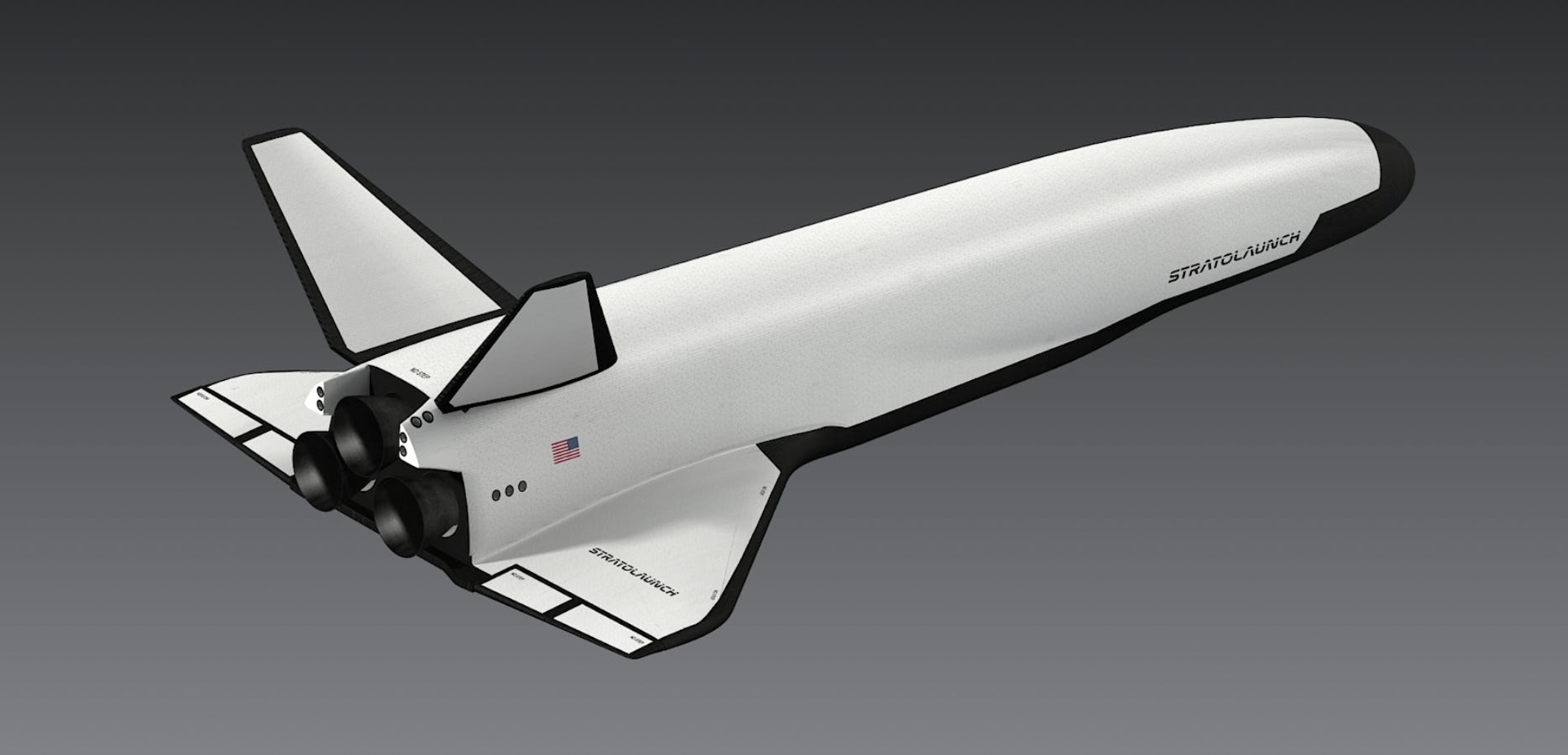
Proposed vehicles include the Talon+, which follows a similar design to the Talon-A, but which is larger, with upturned wingtips. There’s also an even bigger and more spaceplane-like design, previously known as Black Ice, which could be configured to carry cargo, and possibly even passengers. You can read our full profile of the Stratolaunch family of space launch vehicles here, although it should be noted that only the Talon+ and the spaceplane concept currently appear on the company website.
Of course, there are plenty of challenges ahead before Stratolaunch can target the space launch market and challenge other commercial solutions such as SpaceX. But the U.S. military, in particular, will likely keep an eye on any such developments with great interest.
Now, with the launch of the first powered Talon-A on the horizon, Stratolaunch can look forward to a major milestone for the Roc and for its hypersonic vehicle portfolio.
Contact the author: thomas@thedrive.com
